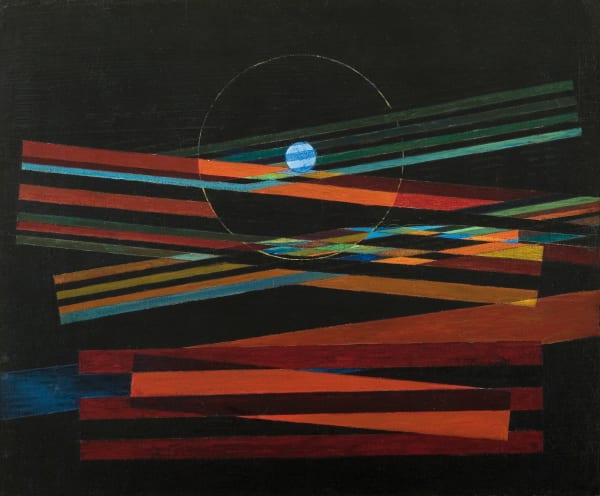MAX ERNST German, 1891-1976
"A painter is lost when he finds himself. The last superstition to remain in Western culture is the fairy tale of the artist's creatorship. Sculpture is created in an embrace with two hands, as in love. It is the simplest, the most original art."
Max Ernst was a prominent German avant-garde artist who helped found both Dadaism and Surrealism. He worked in a variety of media including film, collage, painting, and frottage—a technique wherein he collected pencil rubbings of different objects surfaces as source material. “Creativity is that marvelous capacity to grasp mutually distinct realities and draw a spark from their juxtaposition,” he once reflected. Born on April 2, 1891 in Bruhl, Germany, Ernst and his friend the artist Jean (Hans) Arp began creating Dadaist works in Cologne during the late 1910s. Moving to Paris in 1922, he entered the milieu of several artists, including Paul Éluard and André Breton. Motivated by Surrealist doctrine, the artist made the dreamlike paintings The Elephant Celebes (1921) and Oedipus Rex (1922). Ernst moved to New York with his wife the famed art collector Peggy Guggenheim in the 1940s. In New York, he made one most acclaimed works Europe After the Rain (1940-1942), a psychological interpretation of war-torn Europe. Ernst later left Guggenheim to marry the young artist Dorothea Tanning in 1946. In 1954, he received the Grand Prize for painting at the Venice Biennale, and a major retrospective of his work followed the next year at the Solomon R. Guggenheim Museum in New York. The artist died on April 1, 1976 in Paris, France. Today, Ernst’s works are held in the collections of the National Gallery of Art in Washington, D.C., The Museum of Modern Art in New York, the Tate Gallery in London, and the Max Ernst Museum in Bruhl, Germany, among others.




